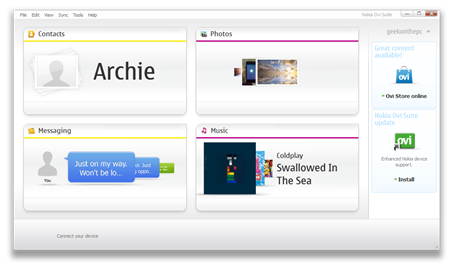Just browsing through the various tech news going round at the moment – with CES (the Consumer Electronics Show) dominating posts, I noticed that companies are aiming to have 2TB memory cards on the shelves in the next 2 years.
Now when you think that the most common hard disk size at this moment in time is 250-500GB, it makes you realise how quickly memory cards are growing in size and how quickly they could take over hard drives.
At the moment the biggest memory card you’ll find on the shelves is about 32GB – at most 64GB – but recent technology has enabled companies to rapidly expand the amount of storage on one memory card.
Obviously there are some factors will slow down the use of these bigger cards – cost being the biggest. It’s unclear how much these supersize cards will cost and therefore hard drives will probably continue to dominate the market for the next 24 months, at least.
However, with the larger cards now available, it opens up opportunity for Linux builders to start optimizing their operating system for memory cards – so computers without hard drives can boot and run their operating systems with ease.
In addition, it will hopefully expand the netbook even further as the small memory cards will help to free up space for better batteries that last longer. It also solves the annoying problem of the lack of memory space in some netbooks.
So overall, the new memory cards coming in the next 12-24 months will hopefully bring new hope to computer users as they are much more convenient than big, bulky hard drives.
Like this:
Like Loading...
